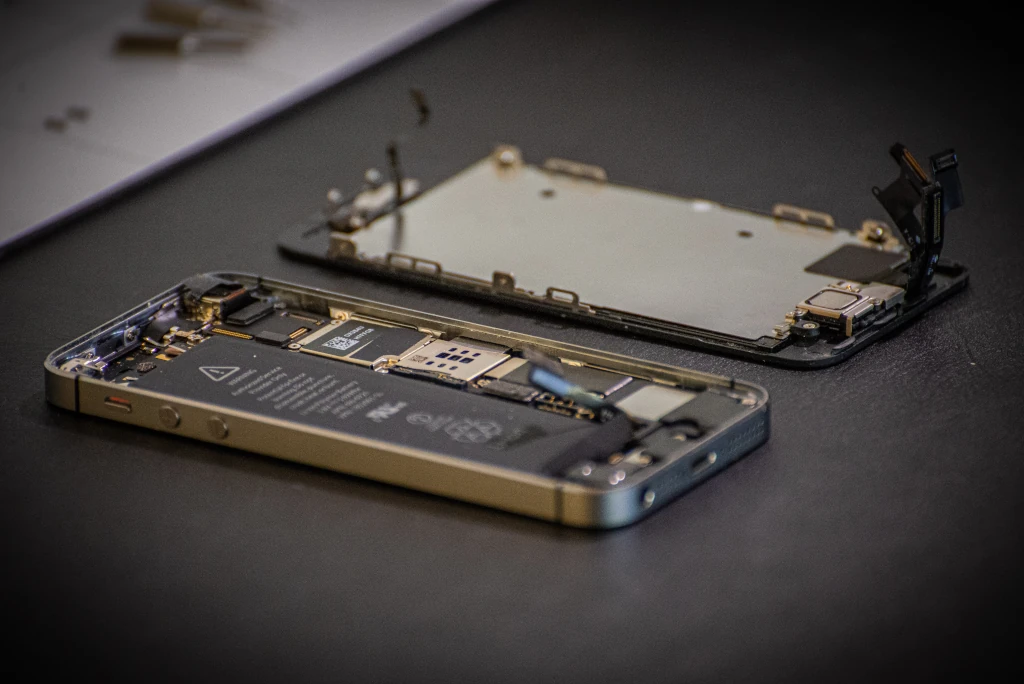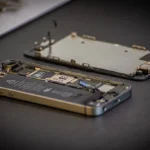Maintaining a cool operating temperature is crucial for the optimal performance of any smartphone, and Apple’s iPhone is no exception. The company has consistently sought ways to improve the cooling systems in its devices to prevent overheating, which can lead to a multitude of issues such as reduced battery life, throttled processing speeds, and even hardware damage. With constant advancements in processor performance and battery efficiency, the need for more effective cooling solutions becomes even greater.
Apple has explored various avenues to enhance the iPhone’s ability to manage heat. Innovations such as the use of water-cooling radiators and smartphone coolers that attach directly to the device have been seen in the market. Moreover, Apple is reportedly working on integrating newer materials and design changes, like the implementation of a graphene thermal system in the anticipated iPhone 16 series, and replacing the battery of the Pro series with metal shells. These developments could mark a significant improvement in the way iPhones dissipate heat, benefiting the overall user experience.
Overview
Modern iPhones use advanced thermal management systems to keep the device cool, ensuring consistent performance, battery efficiency, and user comfort. As Apple’s chips (like the A19 Pro) become more powerful, effective heat dissipation is critical—especially during gaming, 4K video recording, or extended use.
⚙️ The Evolution of iPhone Cooling
- Early iPhones (Pre-iPhone 13)
- Relied mainly on graphite heat spreaders and metal frames to passively distribute heat away from the processor.
- Simple, lightweight, but limited in handling sustained high-performance tasks.
- iPhone 14–16 Series
- Improved graphite layers and thermal paste around the SoC (System-on-Chip).
- Better at spreading heat but still prone to throttling under extreme workloads.
- iPhone 17 Pro & Pro Max (2025)
- Introduced a “vapor chamber cooling system” — Apple’s first major leap in iPhone thermal design (source: 9to5Mac, Tom’s Guide).
🔬 How the Vapor Chamber Cooling System Works
A vapor chamber is a flat, sealed metal enclosure that contains a small amount of liquid coolant (often water or a specialized fluid). Here’s how it functions step-by-step:
- Heat Absorption (Evaporation Phase)
- The A19 Pro chip generates heat during intensive tasks.
- This heat causes the coolant inside the vapor chamber to evaporate into vapor.
- Heat Transfer (Vapor Movement)
- The vapor moves rapidly to cooler areas of the chamber, spreading heat evenly across the surface.
- This prevents “hot spots” near the processor.
- Condensation (Cooling Phase)
- At the cooler edges of the chamber, the vapor condenses back into liquid, releasing the absorbed heat.
- The heat is then dissipated through the phone’s titanium frame and rear glass.
- Recirculation (Capillary Action)
- A fine wick structure inside the chamber draws the condensed liquid back to the heat source, restarting the cycle.
- This process repeats continuously and silently.
According to Benks, Apple’s vapor chamber transfers heat up to 300% faster than traditional graphite sheets.
💡 Why It Matters
- Sustained Performance: Prevents thermal throttling, allowing the A19 Pro chip to maintain peak speeds longer.
- Cooler Device Surface: Reduces hot spots on the back and edges of the phone.
- Battery Efficiency: Keeps internal temperatures stable, prolonging battery health.
- Better for Gaming & 4K Video: Smooth, consistent frame rates and fewer overheating warnings during heavy use.
🧰 Other Supporting Cooling Features
- Thermal Interface Materials (TIM): High-conductivity compounds between the chip and vapor chamber improve heat transfer.
- Titanium Frame: Acts as a passive heatsink, radiating heat outward.
- Smart Thermal Management Software: iOS dynamically adjusts performance, brightness, and background processes to manage heat efficiently.
🔍 Maintenance & User Tips
- Keep your iPhone updated—iOS updates often include thermal optimization patches.
- Avoid using heavy apps while charging.
- Remove thick or insulated cases during prolonged gaming or video recording.
- Keep vents (like speaker grills) unobstructed for better natural heat dissipation.
🧠 Summary
| Component | Function | Benefit |
|---|---|---|
| Vapor Chamber | Circulates coolant vapor to spread heat | Up to 300% better heat transfer |
| Titanium Frame | Acts as a passive heatsink | Faster external dissipation |
| Software Control | Adjusts performance based on temperature | Prevents overheating |
| Graphite Sheets (Backup) | Secondary heat spreaders | Extra stability under load |
🔗 Sources
- 9to5Mac – How the iPhone 17 Pro vapor chamber works
- Tom’s Guide – iPhone 17 Pro Max endurance test
- Benks Blog – iPhone 17 Pro Cooling Explained
- Mashable – iPhone 17’s new vapor chamber fixes overheating problem
Key Takeaways
- Apple places a high priority on managing the iPhone’s temperature.
- Design and material innovations contribute to improved cooling.
- The integration of advanced cooling technologies promotes longer device lifespans and better performance.
Design and Materials
In the iPhone’s cooling system design, the choice of materials is critical for managing heat. Innovative materials help keep devices cool and functioning at their best.
Material Evolution
Early iPhones used metal shells, often aluminum or titanium, for their exteriors. These metals were chosen for their durability and aesthetic appeal. But they also served a practical purpose. Metal helps with heat dissipation, which is vital as smartphones generate heat during use. Copper is another material known for high thermal conductivity. It’s often used in phone internals to help move heat away from critical components.
Graphene Implementation
With the iPhone 16, Apple is taking a significant leap forward by introducing a graphene thermal system. Graphene is a form of carbon that’s both incredibly strong and light. It’s an excellent conductor of heat. Graphene’s thermal conductivity outperforms traditional cooling materials. This could allow the iPhone 16 to manage heat better without adding excess weight to the device. Effective heat management means better performance and longer device lifespans.
Internal Cooling Technology
The iPhone’s cooling system is crucial for its performance and longevity. This section details how the device manages heat through sophisticated internal mechanisms.
Heat Dissipation Techniques
iPhones use vapor chambers for heat dissipation. This technology spreads heat across the device, reducing the risk of overheating. It turns liquid into vapor within a sealed container. As the processor and other components generate heat, the liquid absorbs it and becomes vapor. This vapor then moves to cooler areas of the chamber, where it condenses back into a liquid and cycles back.
Processor and Battery Heat Management
For processor and battery heat management, Apple devices are designed with both efficiency and safety in mind. The processor, often the hottest component, is managed through tightly integrated hardware and software that optimizes performance without generating excessive heat. The battery also plays a role as both a recipient and a source of heat. Careful battery design ensures that it can handle the iPhone’s power needs without contributing significantly to the temperature inside the device. Each iPhone model, including the iPhone 15 and iPhone 15 Pro, builds on this foundation, potentially leading to even more effective heat management in the upcoming iPhone 16 series.







